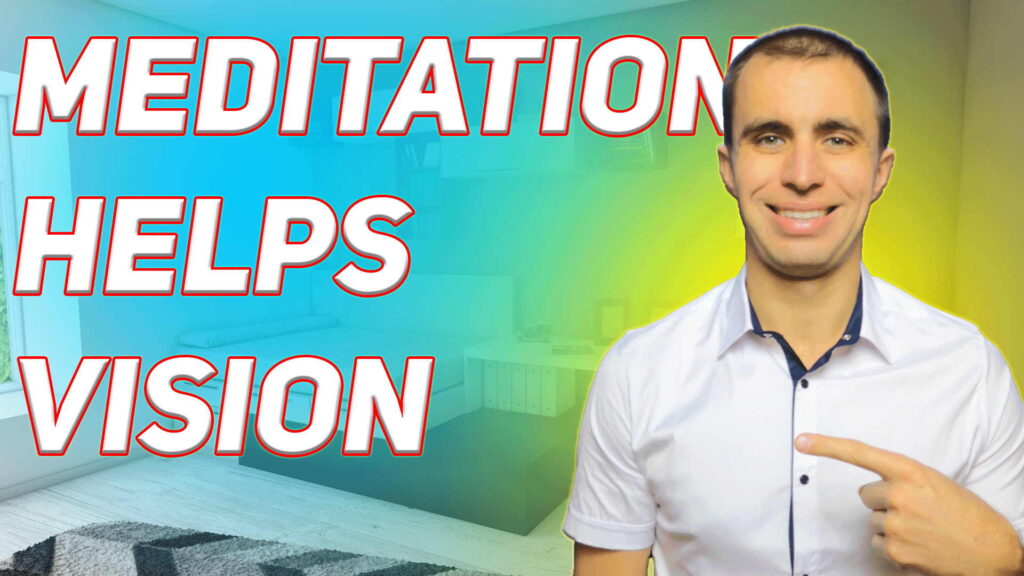Meditation for Better Sight
Clearing Vision Clarity: The Role of Meditation in Relaxing Facial and Eye Muscles for Improved Eyesight
Beyond traditional remedies, Meditation for Better Sight emerges as a holistic approach that not only soothes the mind but also holds potential benefits for relaxing facial and eye muscles, contributing to enhanced vision clarity. In this article, we explore how incorporating meditation into your routine can be a mindful step toward clearer eyesight.
- Understanding the Eye-Brain Connection:
The eyes and the brain are intricately connected, and stress and tension in facial and eye muscles can impact visual acuity. Meditation, with its focus on relaxation and mindfulness, plays a pivotal role in breaking the cycle of strain, promoting better communication between the eyes and the brain.
- Relaxation of Facial Muscles:
Meditation often involves techniques such as deep breathing and progressive muscle relaxation, which can extend to the facial muscles. As tension dissipates, facial muscles loosen, reducing the strain that contributes to headaches and eye discomfort.
- Release of Eye Muscle Tension:
Specific meditation practices, such as mindfulness meditation and body scan techniques, encourage awareness of tension in different parts of the body, including the eyes. By consciously relaxing eye muscles, individuals can experience relief from eye strain and fatigue associated with prolonged screen time.
- Improved Blood Circulation:
Meditation promotes relaxation by reducing stress hormones and improving blood circulation throughout the body, including the eyes. Enhanced blood flow to the eyes nourishes the ocular tissues and contributes to overall eye health.
- Alleviation of Eye Strain:
Staring at screens for extended periods can lead to digital eye strain. Meditation provides a welcome break from the visual stimuli, allowing the eyes to rest and recover. Simple mindfulness exercises, such as closing the eyes and focusing on the breath, offer respite from the constant demands on our vision.
- Mindful Blinking:
During meditation, individuals often become more aware of their blinking patterns. Conscious and deliberate blinking helps to lubricate the eyes, preventing dryness and reducing eye strain. Regular mindful blinking can become a healthy habit that extends beyond meditation sessions.
- Reduced Cortical Spreading Depression:
Research suggests that meditation may reduce cortical spreading depression, a phenomenon associated with migraines and visual disturbances. By mitigating these neural events, meditation could indirectly contribute to a more stable and clear vision.
- Visual Imagery and Visualization:
Certain meditation practices involve visualizations and guided imagery. Engaging in these exercises may stimulate the brain’s visual centers, potentially enhancing the connection between the eyes and the mind and promoting a clearer mental image.
- Eye Yoga and Meditation Practices:
Combining eye yoga exercises with meditation can be particularly beneficial. These exercises involve controlled eye movements and are designed to strengthen and relax the eye muscles. When incorporated into a meditation routine, they contribute to a comprehensive approach to eye health.
Meditation for better sight
While meditation is not a direct cure for refractive errors or serious eye conditions, its positive impact on relaxation and stress reduction can indirectly contribute to improved eyesight. By incorporating mindful practices into your daily routine, you provide your eyes with an opportunity to rest, rejuvenate, and establish a healthier relationship with the digital world. As with any health-related endeavor, it’s advisable to consult with an eye care professional for personalized advice and guidance.


